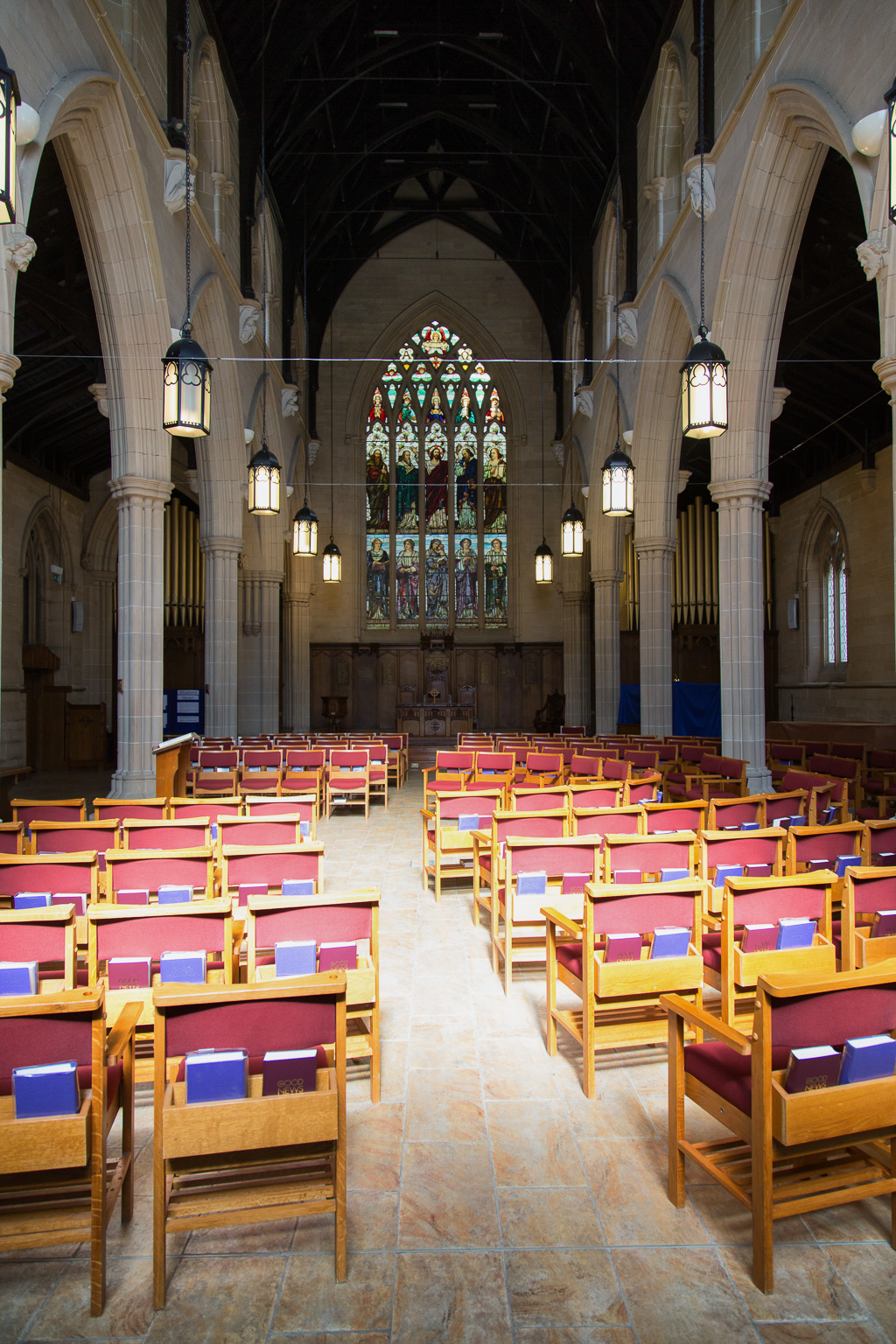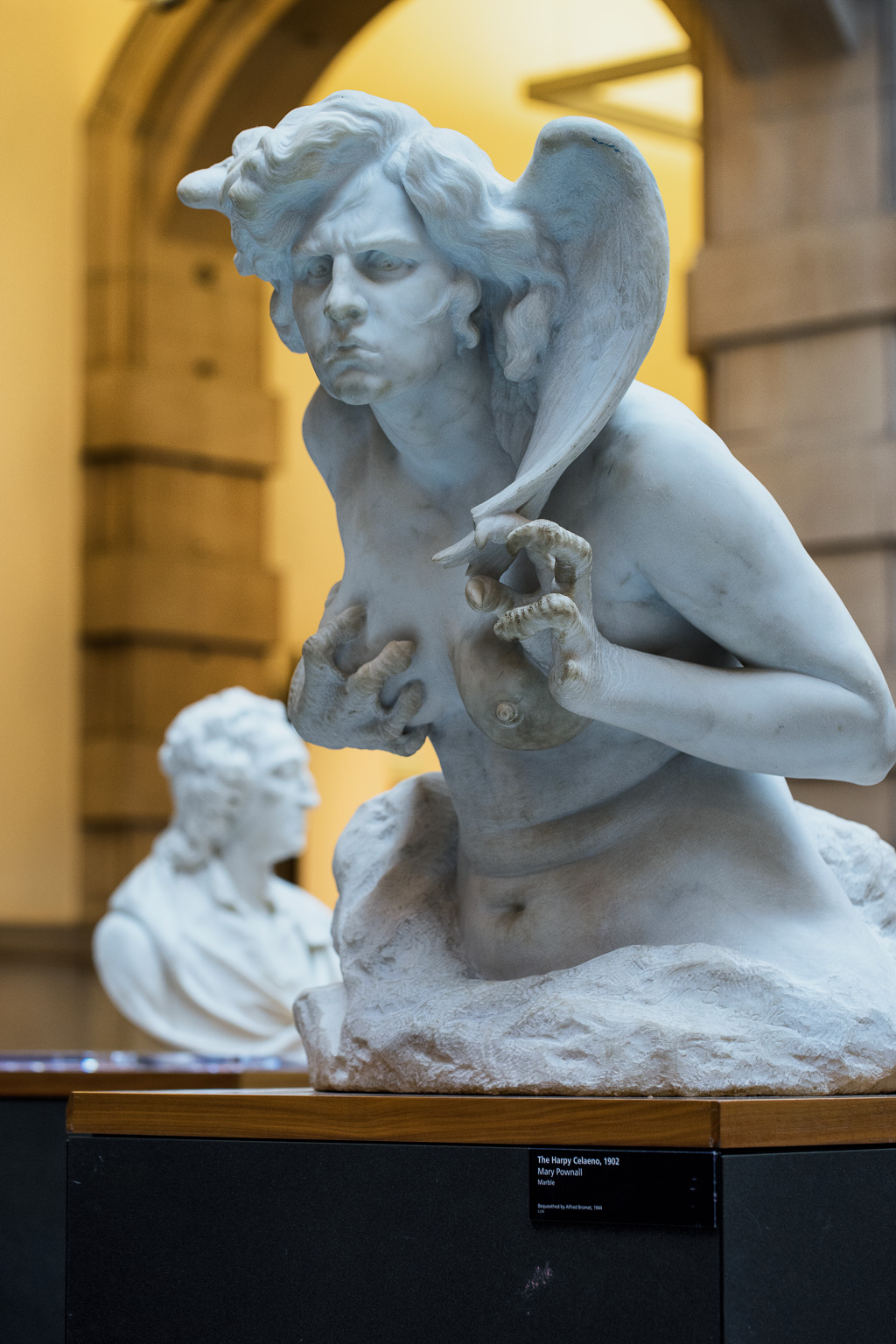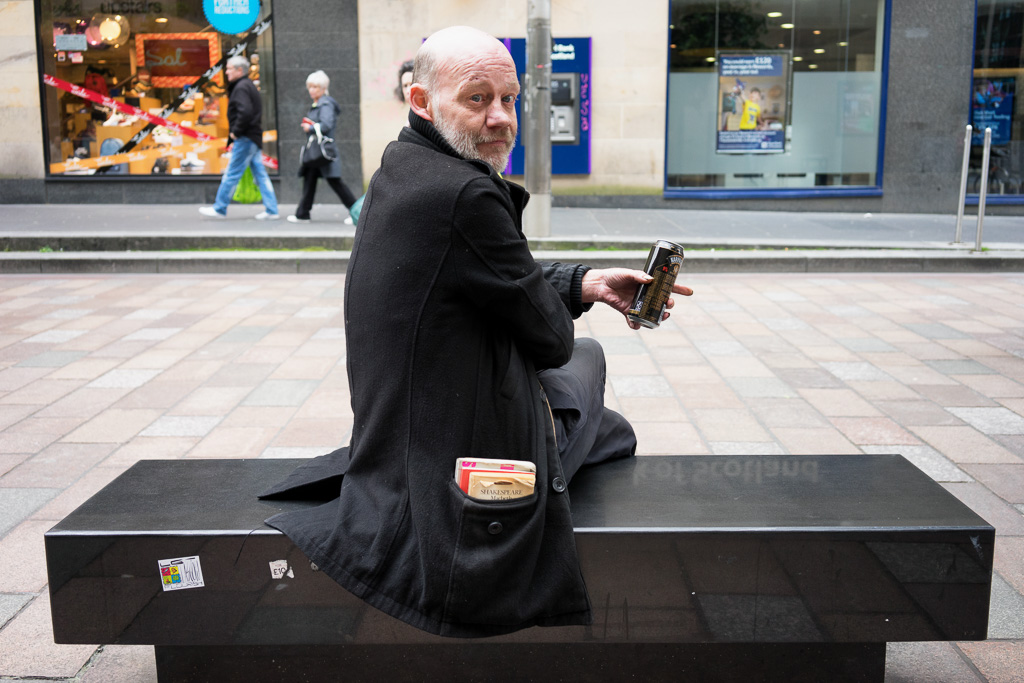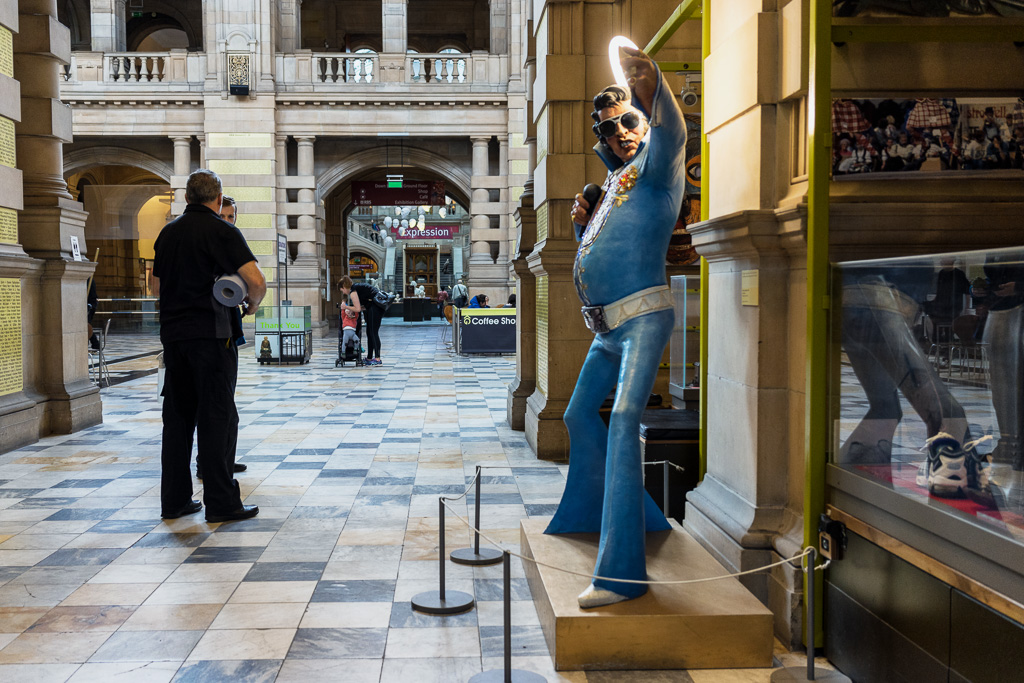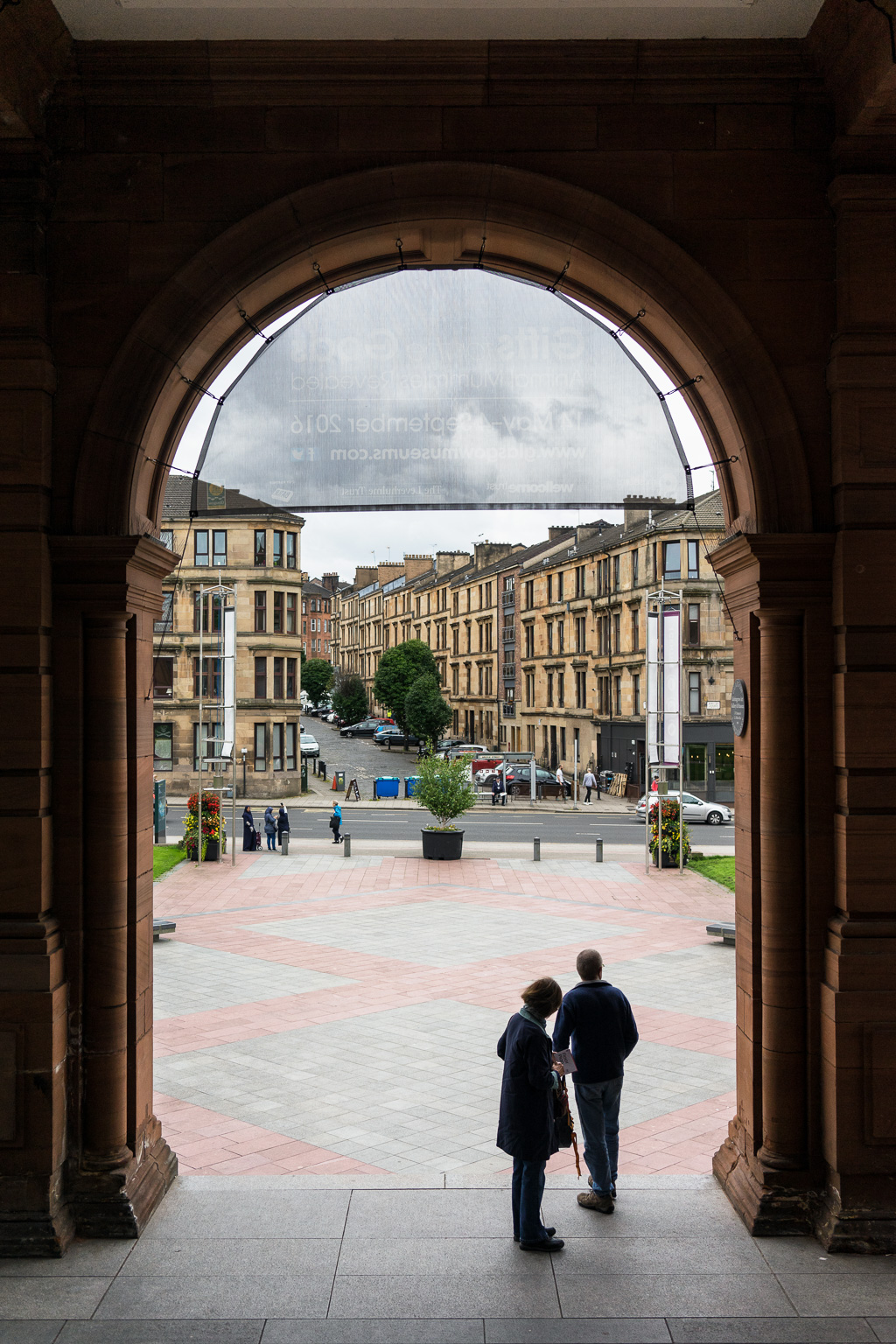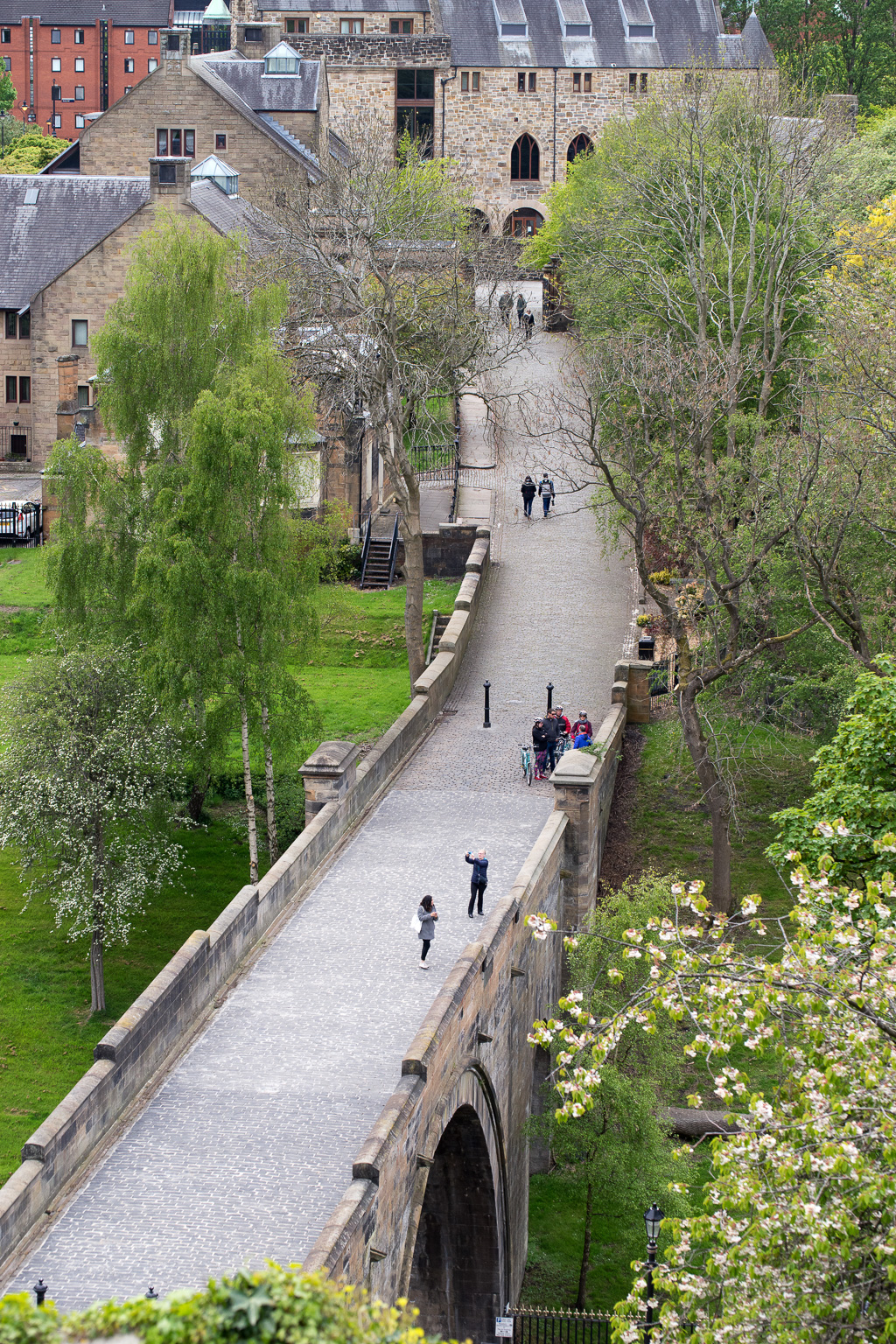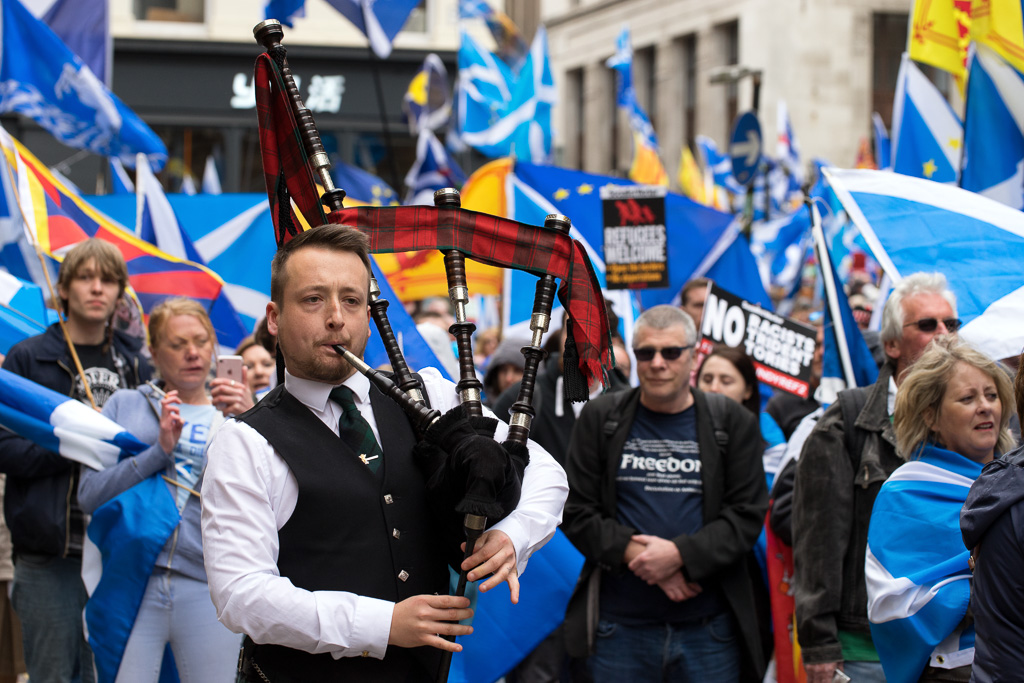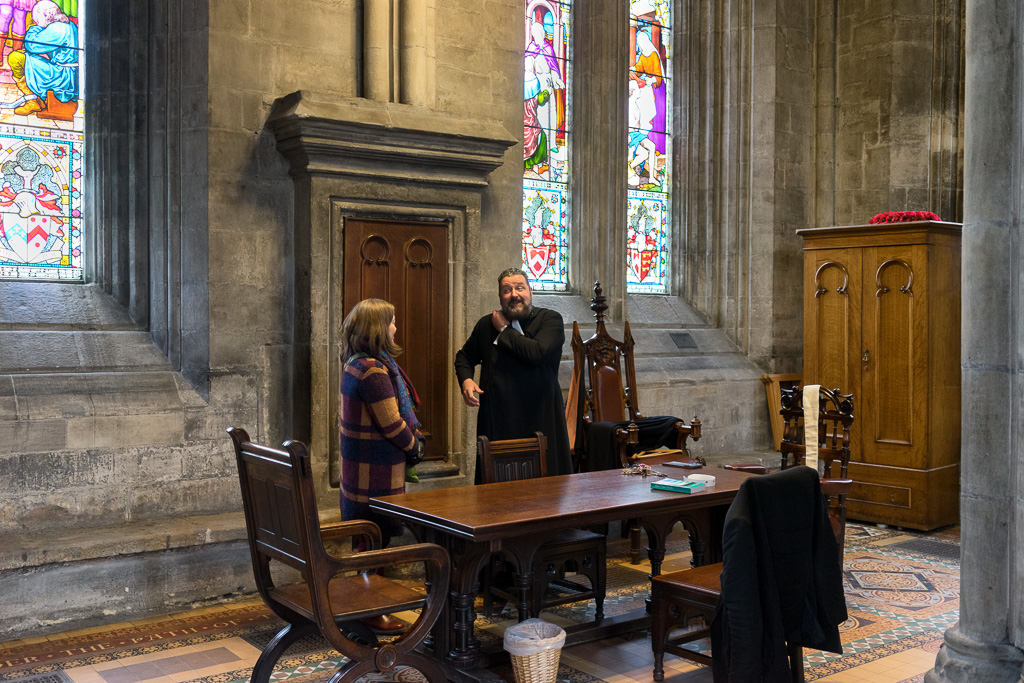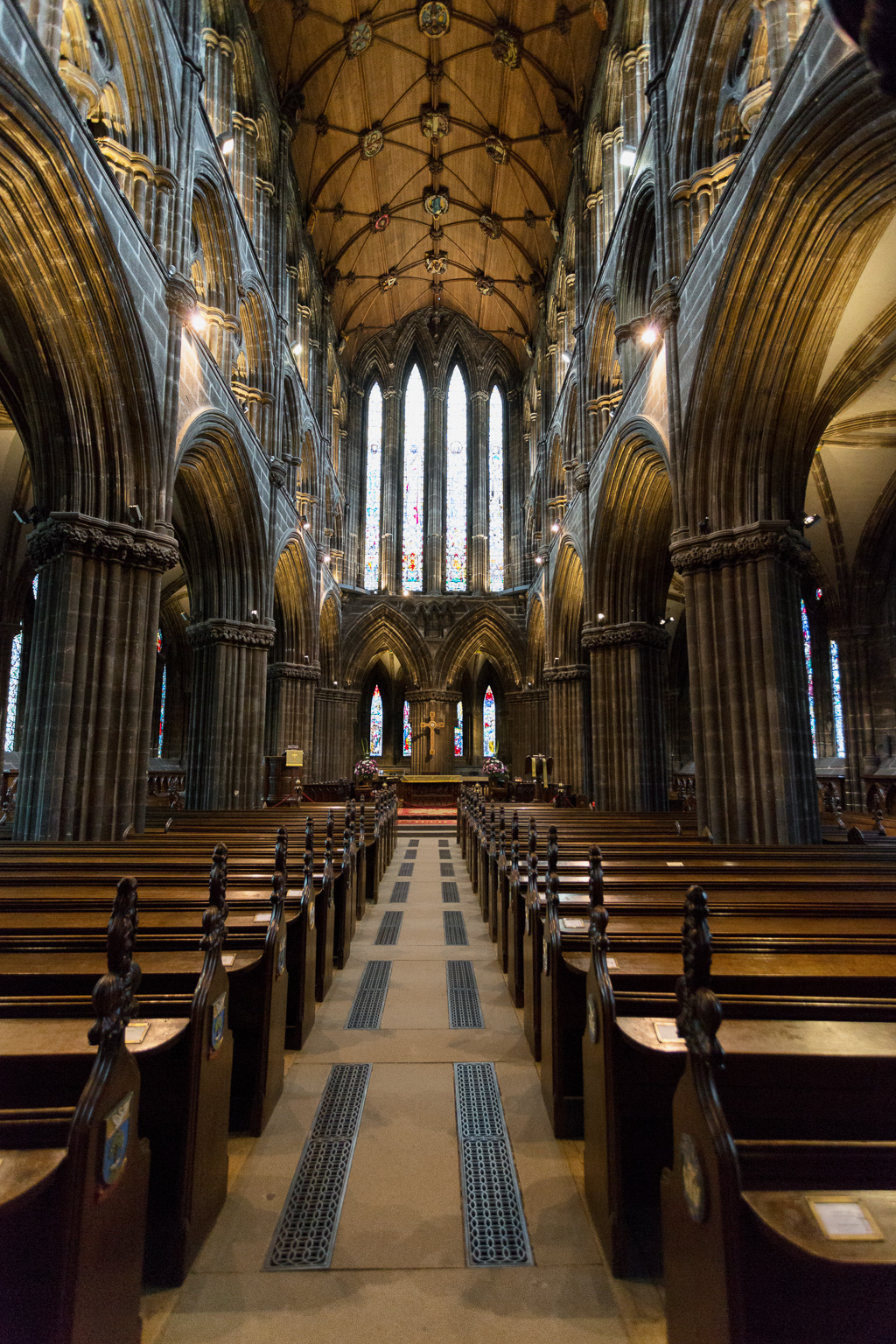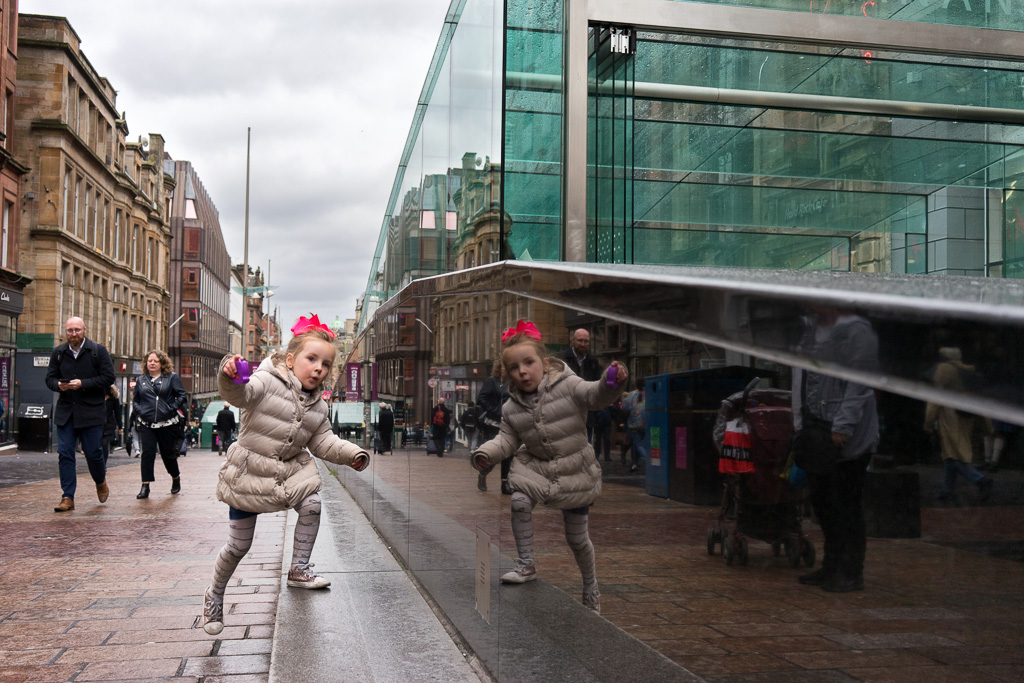
This is a photo of “serviced apartments” which I hope is a euphemism for “hotel rooms”. Maybe some of the people attending Cop26 will stay here. It’s on Bath Street and not that far from the venue. However, I did not post this photo so I could provide accommodation advice to Cop26 delegates. I posted it because, reflected in its windows is Renfield St Stephens Parish Church.
If I felt inclined to write a book about superstition, the story of this church would get a chapter all to itself. During a storm in 1998, lightning struck the tower and it collapsed into the sanctuary, pretty much destroying everything. This happened on … you guessed it … St Stephens Day. I don’t know what St Stephen had against this church, but clearly you shouldn’t mess with him; he has pull with the people who manage the weather.
While I can imagine that the local congregation was bewildered and grief-stricken, nevertheless its response is worth holding up as an exemplar of building back better. The church now has a sanctuary that serves as a multi-purpose flexible space. It also has a kitchen and café, all glass and fronting the street, making it more accessible to the local community.
